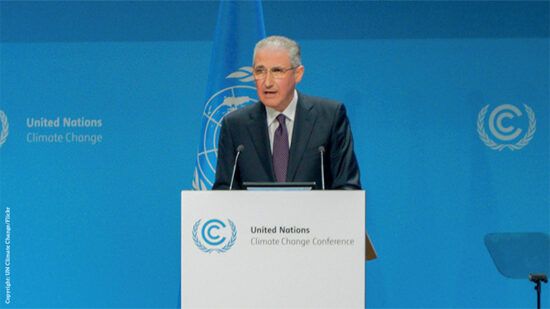Eurosif has called for a number of changes to the Sustainable Financial Disclosure Regulation (SFDR), including a new category and clarifying the ‘sustainable investment’ definition, as many retail investors have difficulty understanding the disclosures.
Furthermore, the organisation said the European market is at risk of becoming fragmented as national regulators introduce their own variation of fund disclosure requirements, incurring considerable costs for market operators.
The association, which promotes sustainable finance at the European level, released a report titled EU Sustainable Finance & SFDR: Making the framework fit for purpose after identifying a number of challenges in how SFDR is currently applied.
It said: “The ambiguity of current SFDR product categories may expose financial market participants (FMPs) to allegations of mis-selling if clients or national supervisors do not share their interpretation of SFDR provisions. This brings a significant reputational risk which may discredit the sustainable investing community, to the ultimate detriment of the sustainable finance agenda.”
It highlighted that a review of Article 8 and 9 products revealed approaches towards the classification of products in accordance with SFDR were differing significantly, with some groups applying the criteria more stringently than others – something that has also been highlighted in recent research from MainStreet Partners and Morningstar.
Furthermore, Eurosif noted regulators in Spain and Germany have signalled they may carry out their own actions against greenwashing, which carries the risk of fragmentation that will compromise the cross-border distribution of ESG products in the EU, as well as “incur significant costs on FMPs as they navigate a patchwork of national regulatory regimes”.
Recommendations
To improve the “applicability, readability, and transparency”, particularly for retail investors, and strengthen the legitimacy of SFDR, Eurosif has outlined the following recommended changes to Level 1 and 2 text:
- Disclosure framework used as a standard, making it fit for this role
Eurosif said SFDR was deliberately left broad to capture a wide range of products as possible but risks have emerged as the framework, which was designed solely for transparency and disclosure, has been used to classify products.
“Despite assertions to the contrary, not purely disclosure based as, in places, it shares features with a product standard or labelling regime,” the report said.
Therefore, if SFDR is used as a product classification system, it reflects a need for a framework and SFDR should be adjusted accordingly.
“To achieve this, a clearer delineation between product categories is required to ensure that FMPs can classify their investment products appropriately and in a manner that clearly conveys the characteristics of the product,” Eurosif stated.
- Introduce a new category of products focussing on sustainability risks and opportunities
Eurosif also called for a “clear distinction” to be made between financial products taking into account sustainability-related risks and opportunities, focussing on financial materiality and financial products integrating sustainability considerations at the heart of their investment process. It suggests a new category or an amendment to Article 6 on sustainability risks.
- Clarify ‘promoting environmental and social characteristics’
Products that state they have the “presence of binding environmental or social factors at the heart of the investment process” should provide evidence of this applying to the entire portfolio. Eurosif suggested this could be achieved by referencing a subset of relevant indicators that show the binding environmental and social characteristics within a product’s documentation.
- Clarify or remove the definition of ‘sustainable investment’
The current definition, Eurosif said, leads to complications because there is no clear way of identifying and calculating which company qualifies as a sustainable investment leading to a lack of comparability. Two options for clarifying this are:
- Developing in further detail a methodology that would allow FMPs to calculate in a similar way their share of sustainable investments.
- Remove the definition or align it with the definition of sustainable economic activity (Article 3 taxonomy tegulation). This would require modifying or clarifying existing Q&As on Article 9 SFDR and Article 6 taxonomy regulation in relation to the use of data.
- Consider amending the Mifid sustainability preferences delegated regulation
Flagging again that FMPs harbour “strong doubts” the disclosures needed for Level 1 and 2 of SFDR are easily understood by retail investors, Eurosif said if SFDR is updated with the above recommendations on the sustainable definition, Mifid II could be modified to remove criteria on the share of sustainable investments.
It added: “Currently it is clear that the quality of the data across all Mifid criteria for sustainability preferences remains sub-optimal.”








